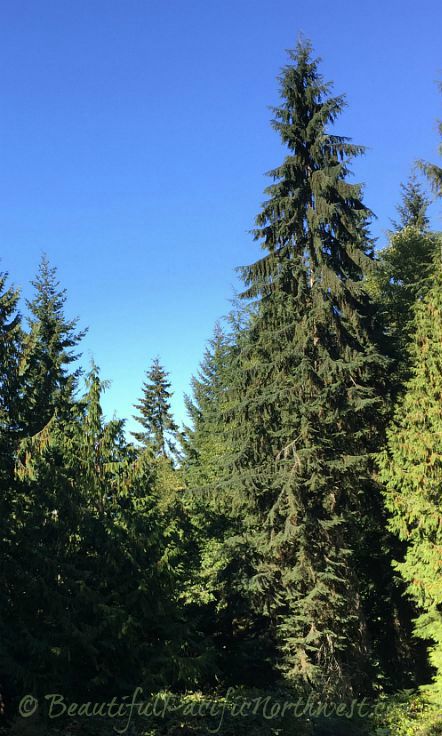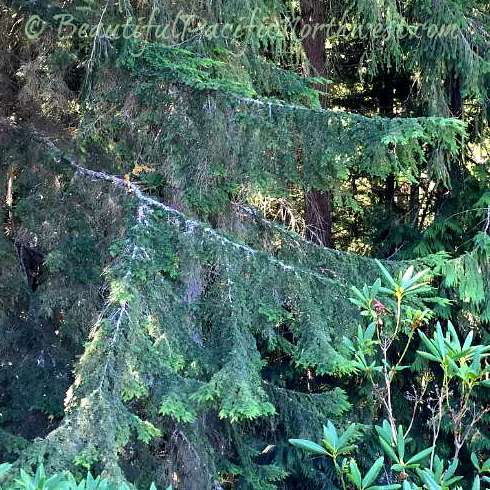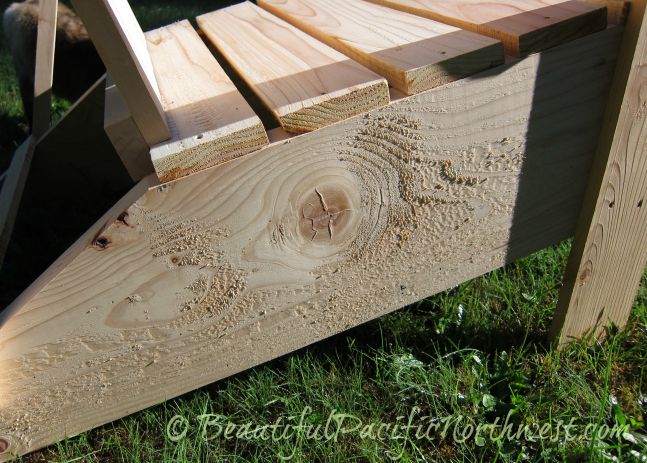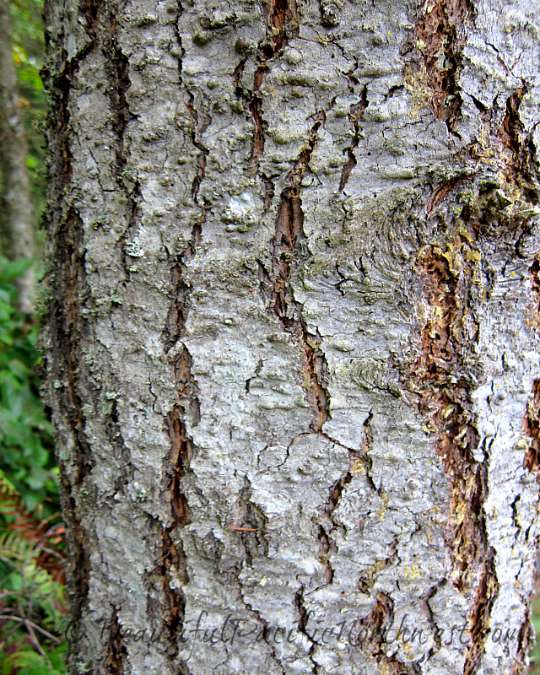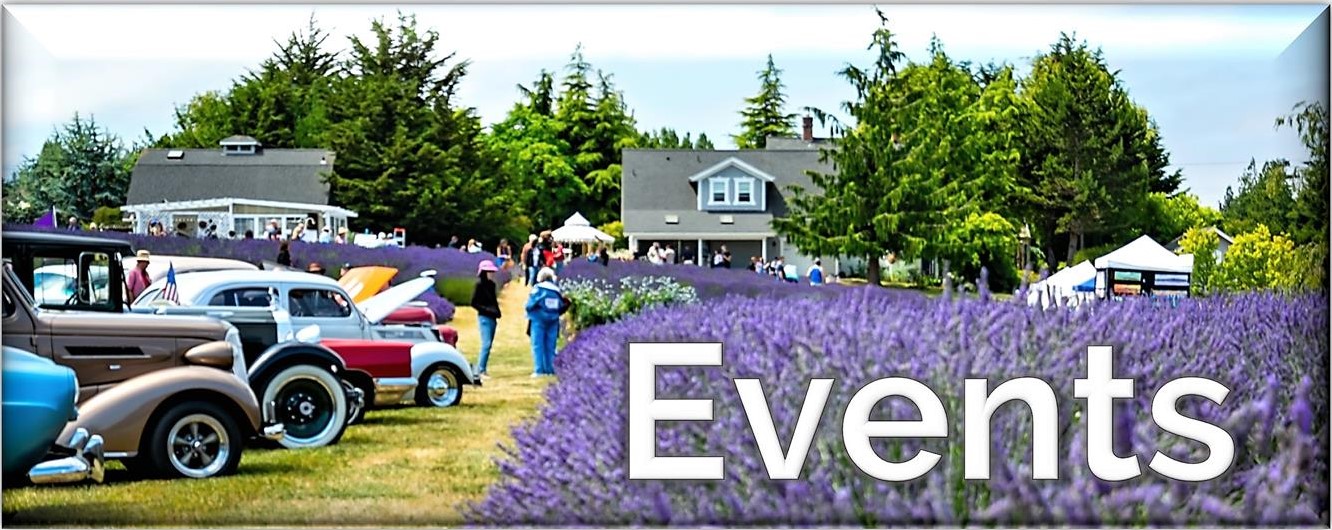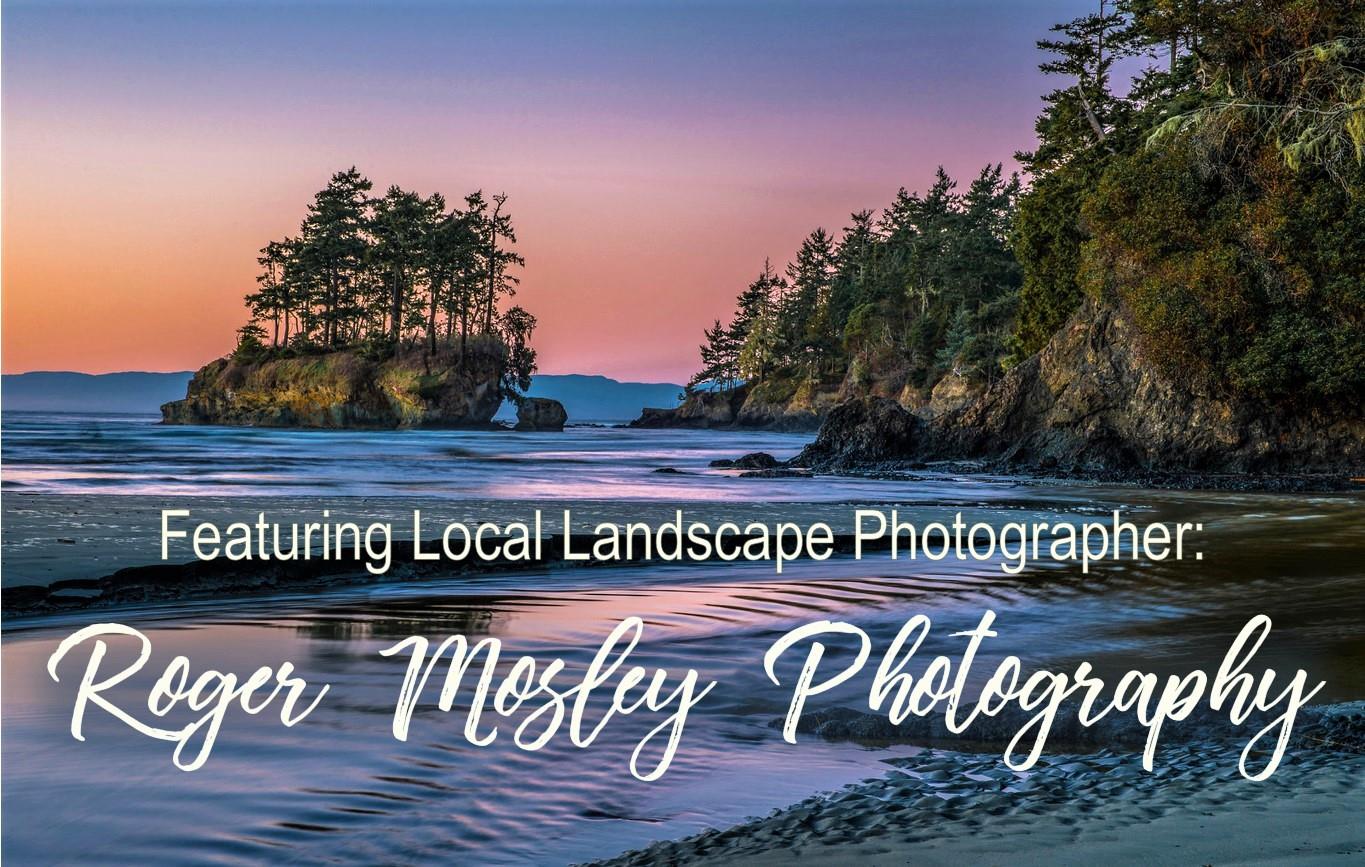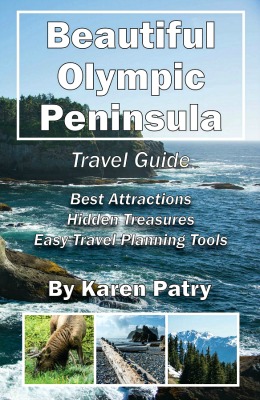Western Hemlock Tree
Western Hemlock Tree: Recognize the Western Hemlock in the Pacific Northwest with these photos and descriptions, plus uses for Western Hemlock products.
Designated the official Washington State tree in 1947, the beautiful Western Hemlock tree is not to be confused with the poisonous hemlock that killed Socrates. It's name, Tsuga heterophylla, is a combination of Japanese, Tsuga, meaning "tree" and "mother;" and the Greek word heterophylla, meaning "different leaves."
This is the largest of the hemlock species; it will grow up to 230 feet tall (70 m) and 9 feet (2.74 m) in diameter and can live up to 1,200 years.
Recognizing the Western Hemlock
- The top leader bows slightly or moderately toward the earth.
- Brown bark starts out thin and smooth but darkens and thickens with age, developing deep vertical furrows.
- Flat, soft, short needles, dark to light green, form feathery foliage along downward sweeping branches.
- Young cones are green and thumbnail in size; they will mature to brown-reddish-purple, opening to release oblong winged seeds.
Western Hemlocks are very shade tolerant and prefer the coastal temperate rain forests of the Pacific Northwest where there is at least 60 inches (152.4 cm) of annual rainfall per year. They are also found in the wetter areas of the Cascades and the Rocky Mountains.
Their companion trees include Mountain Hemlock, Western White Pine, Douglas and Silver Fir, Coastal Redwood and Sitka Spruce.
Associated understory species include vine maple, Oregon grape, ceanothus, salal, Oregon boxwood, salmonberry, many varieties of ferns, foamflower, trillium and violets, to name a few. Chanterelles and other edible fungi are especially happy at the feet of Western Hemlock trees.
Uses for Western Hemlock Products
The Western Hemlock is a versatile tree, not just for animals but also people.
- Coast Native peoples carved the wood into spoons, dishes, combs and other implements.
- They harvested the soft inner bark and added it to cakes. A red dye could be created from the bark for use in dying wool or adding color like rouge to cheeks. If prepared a certain way, it can even be used to remove facial hair
- Hemlock pitch can be harvested from crevices in the bark and chewed like gum for fun.
- Brew an herbal tea rich in Vitamin C from the needles and tips; if you like, you can snap off the tiny tips of fresh spring growth and eat it right from the branch.
- The tree bark is high in tannins useful for tanning animal hides. The bark can also be ground into a powder and sprinkled inside shoes to dispel foot odor. This could be a good tip for back country hikers who've been in their boots too long!
- Hemlock wood makes excellent pulp for the production of paper products
- Western Hemlock is structurally sound for home construction and beautiful enough for interior finish work, cabinetry and flooring.
Western Hemlock Tree Pests and Threats
Like all beauties, the Western Hemlock has its enemies.
- Dwarf mistletoe is a parasite that opens the door for other decay-causing fungi and pathogens to take their toll
- Heavy snowfall can break off limbs and wind can topple them due to their shallow roots
- Fire will severely damage these trees because of their relatively thin bark.
- Various types of boring insects, especially western hemlock loopers can cause extensive damage and even death.
- Black bear, elk, deer, snowshoe rabbits and beaver can also damage or kill small trees even as the trees provide an important food source and a safe habitat for these animals.
The Western Hemlock that roots and grows near where water can pool will eventually tend toward heart rot. This is the tree that will blow down in a harsh winter storm. On the other hand, western hemlock trees fare very well when they root above the soil line on a nurse log or on even slightly sloped terrain.
What Are Your Favorite Species of Wild Plant Life in This Area?
Tell Us Your Story and Share Your Photos!
Tell Us Your Story and Share Your Photos!
There is an incredible diversity and amazing array of beauty found in the Pacific Northwest flora! In this region, wild plant life can present as ancient giants, microscopic wonders, intoxicatingly fragrant, some edible, healing, others quite poisonous. Splashes of brilliant in color, or shrouded and mysterious, each one, amazing in its uniqueness...
Do you have a great story about the wild plant life found in the Olympic National Park? We'd love to hear about it and please share your photos as well! Just click into the title box below and go from there. When published, you'll have "your own" page on MyPortAngeles which you can share with friends or anyone who asks!
We're happy to ensure professional and amateur photographers get credit for their work. Leave us your name in the form below, and means of contact, website, or FB page info so we can link back to you.
